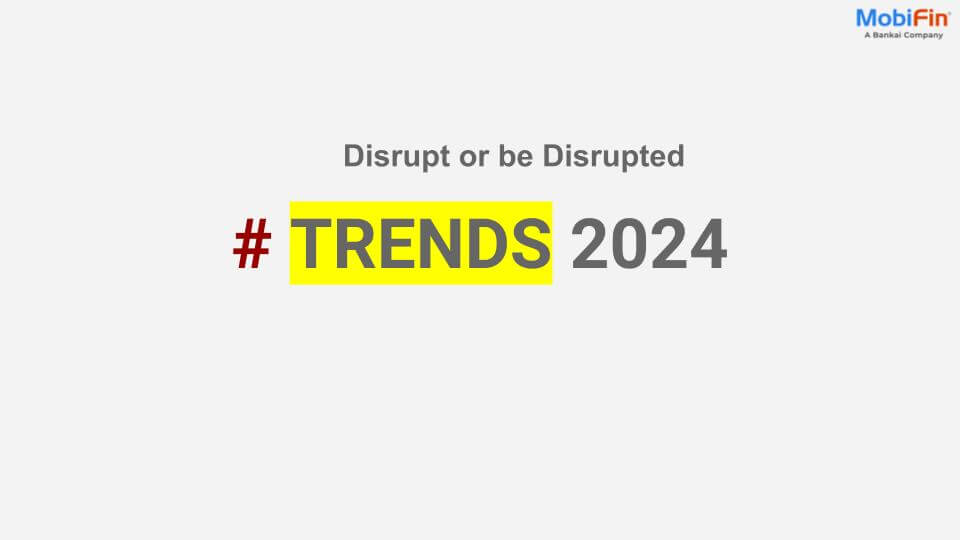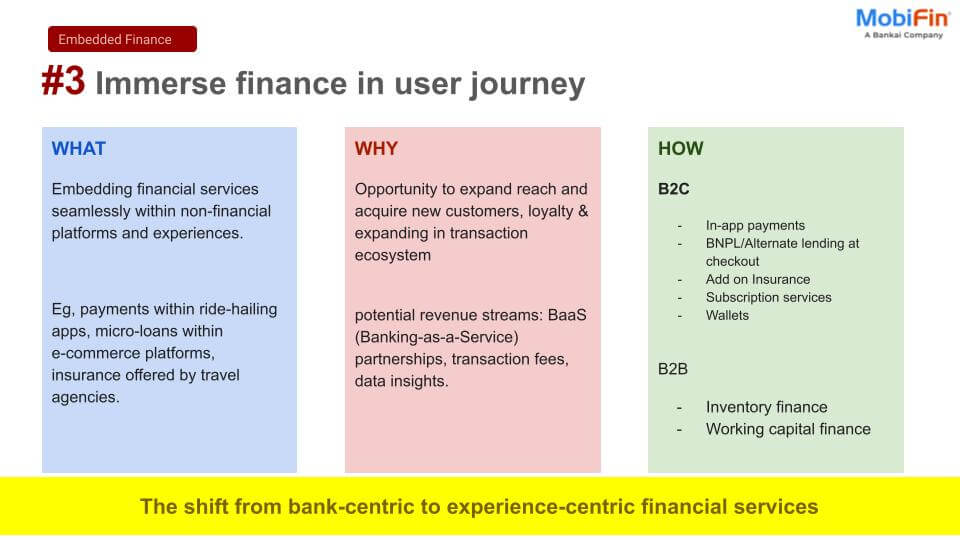In today’s banking landscape, agency banking has emerged as a crucial model for enhancing financial inclusion. By using agents to deliver banking services, financial institutions can expand their reach into areas where setting up a traditional branch might not be practical.
But what motivates these agents to offer these services? The answer lies in the Commission Management module. The system not only incentivizes agents, but also helps banks maintain control over their operations.
This blog explores why the commission management module is a critical part of agency banking and how it works within MobiFin.
What is agency banking?
Agency banking is a win-win solution for customers, banks, and agents. Through this model, banks partner with local individuals or businesses to act as agents, offering services like deposits, withdrawals, and bill payments. This approach allows customers to access banking services conveniently close to home, provides agents with the opportunity to earn commissions, and enables banks to expand their reach without the need to establish new branches.
Here’s how it works:
- Customers: They use nearby agents for banking services.
- Agents: They handle daily transactions directly with customers.
- Banks: They provide services through agents.
The role of commission in agency banking
You might be wondering, “Why would someone take on the responsibility of becoming an agent?” Well, the primary incentive is the commission they earn from each transaction.
For example, when an agent handles a cash deposit, they receive a percentage as their commission. This not only provides them with an income but also motivates them to actively promote banking services.
Picture this: If cash deposits offer the highest commission, agents will likely prioritize these transactions. For banks, this means a steady stream of deposits and improved liquidity. This is where the MobiFin’s “Commission Management” module plays a crucial role—it aligns the goals of banks and agents for mutual benefit.
Components of a commission management module
MobiFin’s commission management module is designed to handle the entire commission process, from calculation to disbursement. Here are the key components:
1) Accrual
Think of the accrual phase as the system’s calculator. In MobiFin platform, every completed transaction gets logged, and the platform assigns a commission based on the type and amount of the transaction. There might be flat fees, percentage-based rates, or even tiered structures where higher transaction values earn higher commissions. All of these options can be configured within MobiFin.
For example, in a slab-based commission structure, an agent might earn:
| Transaction Range | Commission |
| 0 – 100 USD | 2 USD |
| 101 – 1000 USD | 10 USD |
| 1001 – 5000 USD | 100 USD |
| 5001 – 10000 USD | 200 USD |
In such cases, agents earn based on the transaction range they process, creating a built-in incentive to handle larger transactions. As agents process transactions through the MobiFin platform, the system tracks every detail and calculates the corresponding commission, empowering banks to manage and accrue these earnings effectively for each agent.
For each commission earned, MobiFin updates the ledger in real-time, maintaining a running tally of the agent’s earnings over the period. At the end of a particular cycle—whether be daily, weekly, or monthly—these accrued commissions are disbursed much like a salary, providing agents with a steady and predictable income.
2) Clawback
Let’s say an agent figures out that more transactions mean more commission. They start colluding with customers, encouraging them to make repeated deposits and withdrawals to accumulate high commissions in a continuous loop—without providing any real benefit to the customers or the bank. This scenario doesn’t seem quite fair, does it?
That’s where the clawback process in MobiFin comes into play—reclaiming commissions for transactions that later turn out to be fraudulent or ineligible. It acts as a safety net for banks, identifying misuse and ensuring that commissions are awarded only for genuine transactions.
The clawback process is simple and efficient! A system user can upload a file to the MobiFin platform detailing the clawback amount to be deducted from each agent’s commission. Once the file is uploaded, MobiFin automatically updates the commissions for all agents. Here’s how it looks:
Final Commission = Commission Accrued – Clawback Amount
For example, if an agent earned a commission of 100 USD, but 10 USD was clawed back, the agent would receive 90 USD.
By implementing clawbacks, banks maintain control and discourage agents from misusing the platform. It ensures fairness and rewards those who genuinely earn their commissions.
3) Disbursement
After all the hard work, It’s payday! Disbursement is the moment every agent looks forward to, as their commissions are transferred directly into their bank accounts. Depending on the bank’s policies, agents might get paid daily, weekly, or monthly.
The process usually follows a “maker-checker” flow to keep things accurate. Here’s how it works in MobiFin:
- The maker initiates the disbursement request
- A senior authority, like the Finance Head or CFO—known as the checker—approves the payment request. For added security, there may even be multiple checkers involved.
- Once the approval is given, the commission is automatically credited to the agent’s bank account as scheduled.
Best practices for effective commission management
A good commission management module builds trust between banks and agents. When the process is clear, agents feel supported and empowered. This sense of clarity encourages them to contribute more effectively. Here are some best practices to keep your commission management smooth and efficient:
Keep policies clear and transparent: When agents know exactly how much they’ll earn and under what conditions, they’re more likely to trust and adhere to the system. Transparency is key to building a loyal agent network.
Leverage real-time monitoring: Use tech to your advantage! Real-time monitoring can help spot suspicious activities before they escalate into major issues, saving both time and resources.
Invest in agent training: Training isn’t just about telling agents what to do—it’s about empowering them. Regular training helps agents understand compliance, ethical practices, and even ways to improve customer interactions. Well-trained agents benefit the bank, the customers, and themselves.
Conclusion
Ultimately, a commission management module is more than just a feature—it’s the backbone of successful agency banking. It keeps agents motivated, ensures banks maintain control, and protects the integrity of the system. When designed effectively, this module can transform agency banking into a sustainable and impactful model for financial inclusion.
As agency banking continues to grow, we can expect even more innovation. By staying ahead of these trends and leveraging solutions like MobiFin, banks can create systems that are not only efficient but also motivating for both agents and customers.














